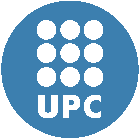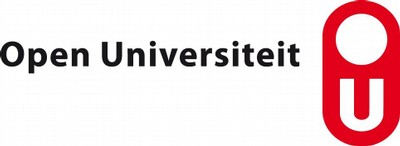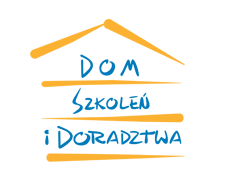About
Partners
Summary
The evolution of new technology and its increasing use, has for some years been making the existence of informal learning more and more transparent, especially among young and older adults in both Higher Education and workplace contexts. However, the nature of formal and non-formal, course-based, approaches to learning has made it hard to accommodate these informal processes satisfactorily, and although technology bring us near to the solution, it has not yet achieved.
The project aims to facilitate first the identification by the learner (as the last responsible of the learning process), and then the recognition by the institution, in dialogue with the learner, of this learning. The learner identifies episodes and evidences of informal learning in any of the different spaces in which she learns (formally or informally). She then links to these to the tool, located within her portfolio, and then tags them in relation to a predefined but evolving catalogue of competences. The tool is linked to the institutional interface in such a way that relevant experiences (related to the institutional target competences) are accessible to the institution. Other experiences that may be personally relevant to the learner are accessible to her.
In this way informal learning experiences become transparent and useful both for the individual and for the institution. Also the data generated could be used to improve learning systems and identify emerging competences.
The impact of this project will be especially representative to institutions, learners and the educational systems. To institutions because they could obtain and use hidden information about skills that their workers acquire in informal context. To learners, because informal activity recognition will allow them progress in work-place context. To education systems, because they could consider the obtain information to adapt their learning pathways in a proper way to match labour market demand.
Objectives
The main objective of the project is to articulate the activity flow involved in the integration of informal learning as part of an individual’s development; this starts with the identification by the learner of informal learning activities and the subsequent process in which these are made visible to the institution. This will be done by developing methodologies and tools that facilitate this process, making it transparent both to learners and institutions and allowing all involved to make the most of these processes.
This objective implies a series of related sub-objectives:
- Create communication channels between informal learning activity and institutional environments, which the learner will use to make the informal learning visible to the organization (employer or university) in order to enter into dialogue about the competences developed through these informal processes.
- Define procedures and tools with which the user tags instances of informal learning, and in doing so associates them with a predefined (but flexible) framework of competences.
- Create a space in which these tagged instances can be stored and then organised by the learner, in order to select instances or combinations of instances that the learner classifies as evidence of competence development and then chooses to make visible to the organisation.
- Provide the user with information about other users with similar interest, promoting social learning and collaboration between the users of the system.
- Facilitate, with a range of decision making and visualisation tools and an appropriate interface, the analysis by institution staff, such as tutors or HR managers, of the information the learner has made visible, in order to be able to make suggestions and provide feedback and support to the learner, define possible formal and non formal actions in the light of the informal activity and enter into dialogue with the learner in relation to this activity with a view to possible promotions or recognitions of competences acquired.
- Establish channels and procedures for this dialogue way between learners and institutions.
- Exploit the methodology, tools and public information to provide suggestions about the tools to use and how to apply it in order to improve the acquisition of competences in educational contexts.
- Plan and implement dissemination actions involving all relevant stakeholders in areas such as vocational training, universities, adult learning contexts and workplace training.
- Plan and implement exploitation actions that promote uptake of the system developed in areas such as vocational training, universities, adult learning contexts and workplace training.
Results
- Definition and application of methodologies and recommendations for the integration of informal learning in educational institutions and the workplace.
- Establishment of the technological framework (ILC, Portfolio Component, Competence Catalogue and Institutional Environment).
- Set of pilot actions.








 Legal notice
Legal notice